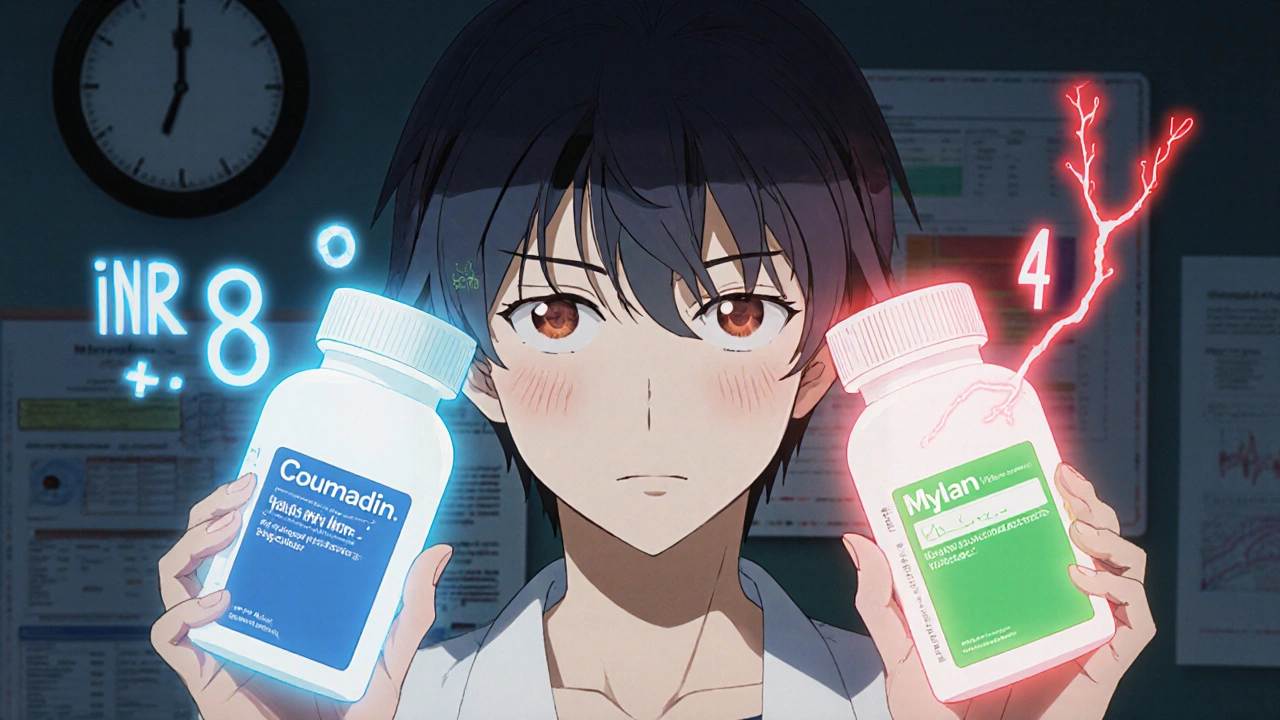Anticoagulant Safety: Avoid Bleeding Risks and Know Your Options
When you're on a blood thinner, a medication that reduces your blood’s ability to clot to prevent strokes or clots. Also known as anticoagulant, it can save your life—but only if you use it wisely. These drugs don’t just thin your blood; they change how you live. A simple fall, a cut that won’t stop bleeding, or even a minor surgery can turn dangerous fast. That’s why anticoagulant safety isn’t about remembering your dose—it’s about understanding the risks hiding in everyday choices.
Not all blood thinners are the same. warfarin, an older anticoagulant that requires regular blood tests and strict diet control, forces you to track vitamin K in greens like spinach and kale. But newer options like DOACs, direct oral anticoagulants such as apixaban or rivaroxaban that don’t need constant monitoring have changed the game. They’re easier to manage, but they’re not risk-free. Athletes on DOACs still need to avoid contact sports. Seniors need to watch for dizziness that could lead to falls. And mixing them with NSAIDs like ibuprofen? That’s a one-way ticket to internal bleeding.
Anticoagulant safety also means knowing when a side effect is normal and when it’s an emergency. Bruising easily? Common. Blood in your urine or stool? Call your doctor. Headache that won’t quit? Could be a bleed in your brain. Many people ignore these signs because they’re told, "This is just how it is." But that’s not true. You have the right to ask: "Is this normal?" And you need to know what to look for.
What you’ll find below isn’t just theory. It’s real-world advice from people who’ve lived with these drugs. From how to safely return to sports while on anticoagulants, to spotting dangerous interactions with heart meds, to understanding why some side effects show up months after starting treatment—this collection cuts through the noise. No fluff. No jargon. Just what you need to stay safe, stay active, and avoid the mistakes others have made.

